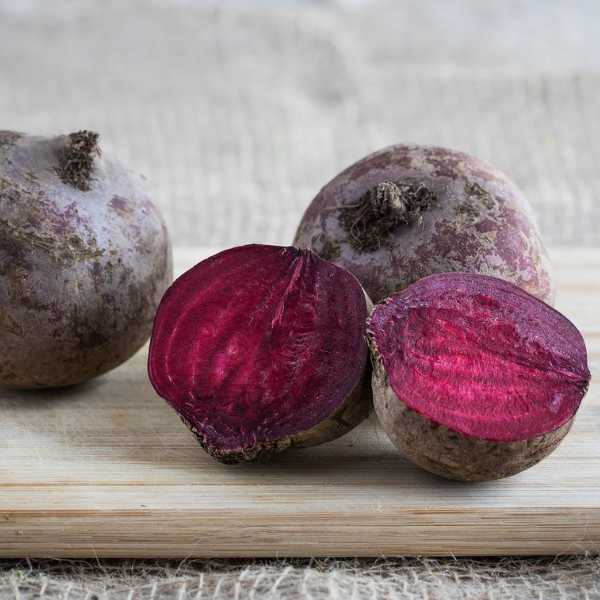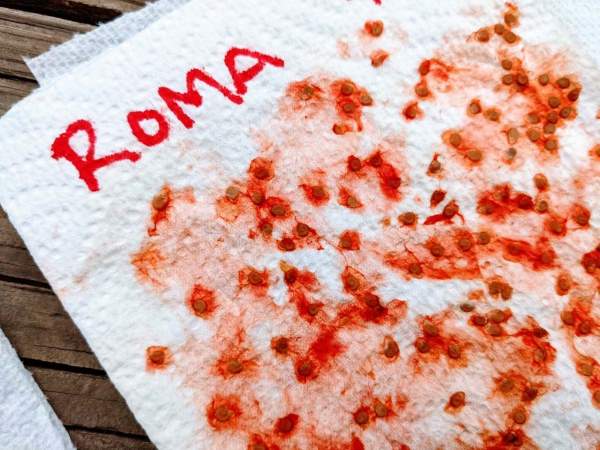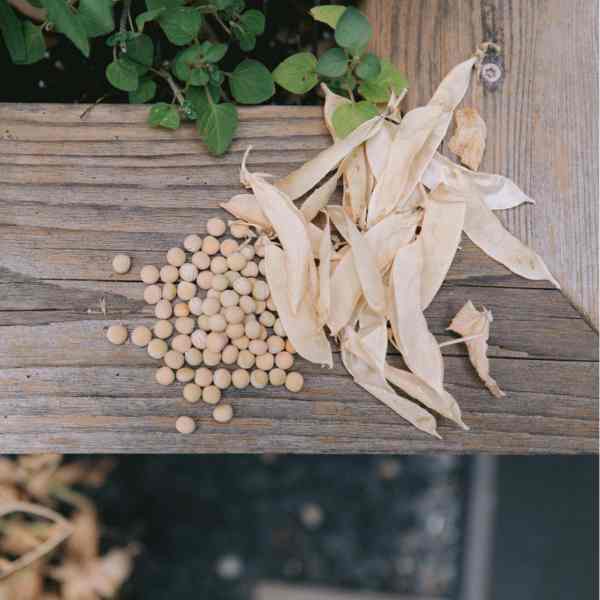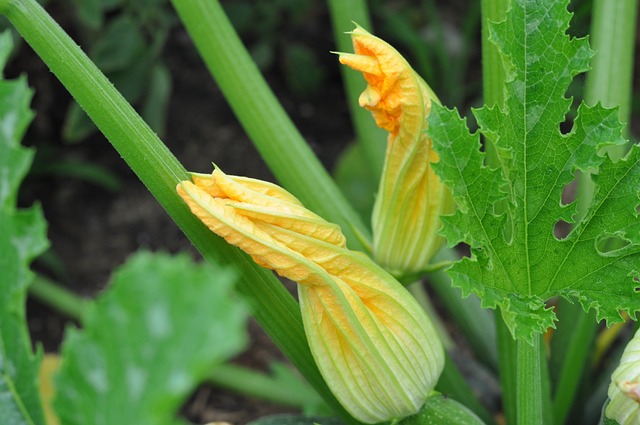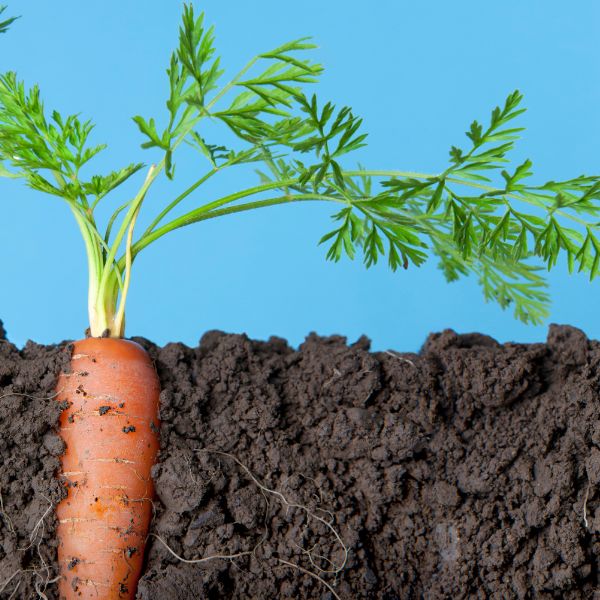Seed Saving: Lettuce

An essential ingredient in any salad, lettuce is easy to grow and a staple of the vegie garden and kitchen. Suitable for gardens of all sizes, lettuce can be grown in pots or garden beds, and has a large planting window in all climate zones.
Choose the Right Lettuce Variety
Select a lettuce variety from your veggie patch that has the traits that you like, such as taste, colour, and texture. Make sure that the lettuce you have chosen came from an open-pollinated, heirloom variety. Hybrid lettuce plants will more than likely not produce seeds that are true to your parent plant.
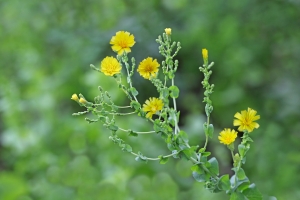
Producing The Seeds
Allow the lettuce to bolt to seed which means let them produce a flower stalk. Allowing a few lettuce plants to bolt to increase your chances.
The flowers contain both male and female parts and will readily self pollinate. Cross pollination by insects is possible, although the risk is low. Isolation can be achieved easily by only having one variety flowering at once or a 6 m separation space.
Lettuce flowers are made up of lots of florets, which each contain up to 25 seeds. The seeds are ready when the seed heads turn light brown and dry.
Combatting The Rain
One of the main problems with saving lettuce seed is that the seed will easily rot if the seed head gets wet during the ripening process, either protect it from rain or if you are in for damp week the entire plant can be pulled up and hung in a shed to finish ripening.
As the seed ripens over a period of a few weeks, you can visit the seed head every other day and shake the loose seed into a clean bucket, or, once the seed is starting to become loose the entire seed head can be cut and left to ripen in the shed for another week or two.
Once dry, the seed head can be shaken into a bucket or threshed onto a tarp to remove the seed. In some varieties the seeds may need to be rubbed free.
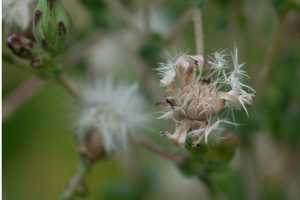
Seed Extraction
Gently cut off the seed heads from the plant and place them in a paper bag.
Label the bag with the lettuce variety and the date of harvest.
Shake the bag to separate the seeds from the seed heads.
You can also rub the seed heads between your hands to release the seeds.
To remove any chaff or debris, gently blow on the seeds or use a fine sieve to separate them.
Seed Drying
Pick out any remaining debris from the seeds and then spread the seeds in a thin layer on a paper towel or a screen and allow them to dry completely. Stir or agitate the seeds occasionally to ensure uniform drying.
Seed Storage
Store the seeds in airtight containers such as glass jars or paper envelopes. Make sure the containers are labeled with the lettuce variety and date of harvest.
Store the containers in a cool, dark place away from moisture and sunlight. Properly stored lettuce seeds can remain viable for up to 5 years.
Germination Test
Before planting the saved seeds, perform a germination test to check the viability of the seeds. Place a few seeds on a damp paper towel and keep it moist for a week. The number of seeds that germinate will indicate the viability of the seed batch.
Planting Saved Seeds
When planting saved lettuce seeds, follow the same planting instructions as you would for fresh seeds. Keep in mind that saved seeds may have lower germination rates compared to fresh seeds.
Record Keeping
Keep a record of the lettuce varieties you save seeds from, the date of seed harvest, and any notes on seed viability and successful germination.
By following these steps, you can successfully save lettuce seeds and continue growing your favorite lettuce varieties for free year after year. Happy seed-saving!


